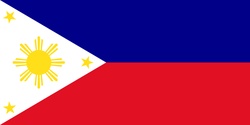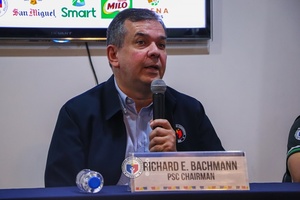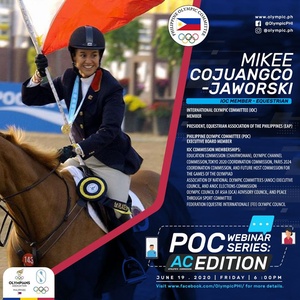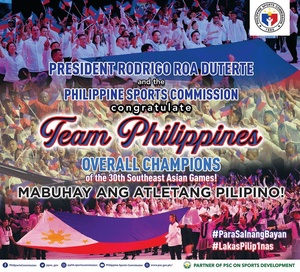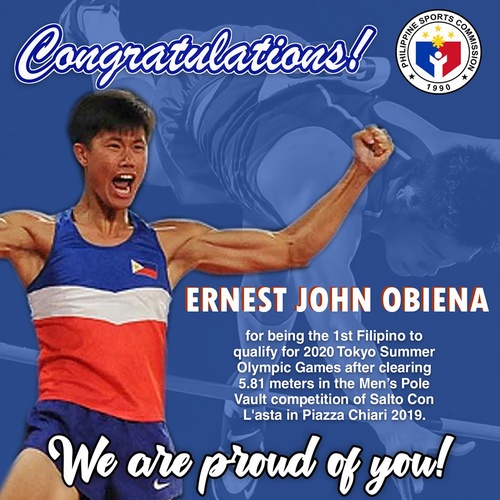The Philippines meaning the pearl of the orient and consists of over 7,000 islands in the Western Pacific forming an archipelago. It is often divided into three island groups: Luzon, Visayas and Mindanao.
The capital is Manilla which is located on Luzon. The islands are volcanic in origin and covered in tropical rainforest.
The islands contain many active volcanoes including the Mayon Volcano. The economy in the Philippines is largely based around agriculture with goods like sugarcane, coconuts, rice, corn and other fruit.
However there has been a large push in the service industry, including tourism and more commonly, business process outsourcing.
It gained independence from Spain on the 12 June 1898 and from the US on the 4 July 1946.

